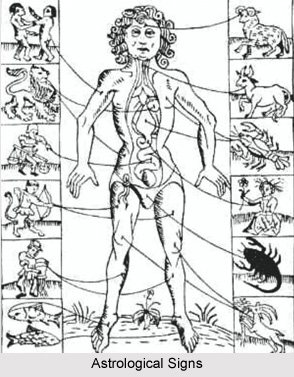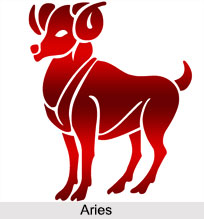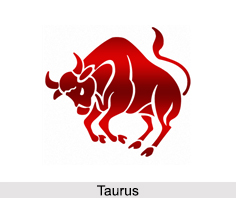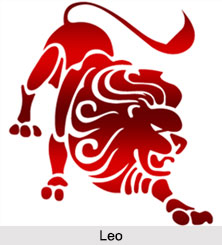 Concept of Month has been one of the most important aspects of Hindu astronomy which has been expressed in the literature of Vedic period. Rig Veda is among the first literature which divides the year into 360 days and 12 months where each month consists of 30 days. Hindu astronomy divides the year into two calendars in which the muhurta or hours of the day as well as the day itself is divided according to the solar calendar or the movement of the Sun while the months are divided according to lunar calendar or movement of the moon.
Concept of Month has been one of the most important aspects of Hindu astronomy which has been expressed in the literature of Vedic period. Rig Veda is among the first literature which divides the year into 360 days and 12 months where each month consists of 30 days. Hindu astronomy divides the year into two calendars in which the muhurta or hours of the day as well as the day itself is divided according to the solar calendar or the movement of the Sun while the months are divided according to lunar calendar or movement of the moon.
The concept of month which is mentioned in the Vedic literature and which has been re-defined in the Siddhanta Jyotisa derive their names from the nakshatras. As such the lunar months of Hindu calendar begins with Chaitra, Vaisakha, Jyeshta, Ashahra, Shraavana, Bhadra, Asvina, Kartika, Margasira, Pausa, Magha and Phalguna. Along with this the months of Hindu astronomy are further divided into various seasons. Vedic calendar divides the year into three seasons which are broadly divided into warm, rainy and cold seasons. In due course of time two new seasons were added which introduced autumn season between rainy season and cold season and spring season between cold and warm season. Later on their number increased with inclusion of Hemant season which was included in the lunar calendar of Vedic age.
Concept of Month further included the concept of intercalary month. This was inserted in the Hindu calendar in order to have equal days and equal division of seasons which covers the entire year. Hindu Astronomy then introduces Vedic calendar. The Vedic calendar includes Sidereal Lunar Year with 324 days to begin with which was changed into Sidereal calendar having 351 days; Synodic Lunar Year having 354 days; Civil or savana year with 360 days and Pseudo solstice year which contains 378 days. Among these Sidereal solar year was considered to be more accurate with 366 days. Along with this the concepts of months in Hindu astronomy included the solstices and Equinox which was located through the movement of the Sun. Both the terms refer to a celestial movement of the sun when it stands apparently on both northern and southern extreme and divides the year in equal day and equal night. This usually happens twice the year. In Vedic times it was marked with the yearly sacrifices which would mark separately.
Thus, Concept of Months which is included in Hindu astronomy existed much before the Siddhanta Jyotisa. Siddhanta Jyotisa and other astronomical Siddhantas were relevant for assessing the accuracy of these calculations which had been an eminent part of Hindu astronomy.



















